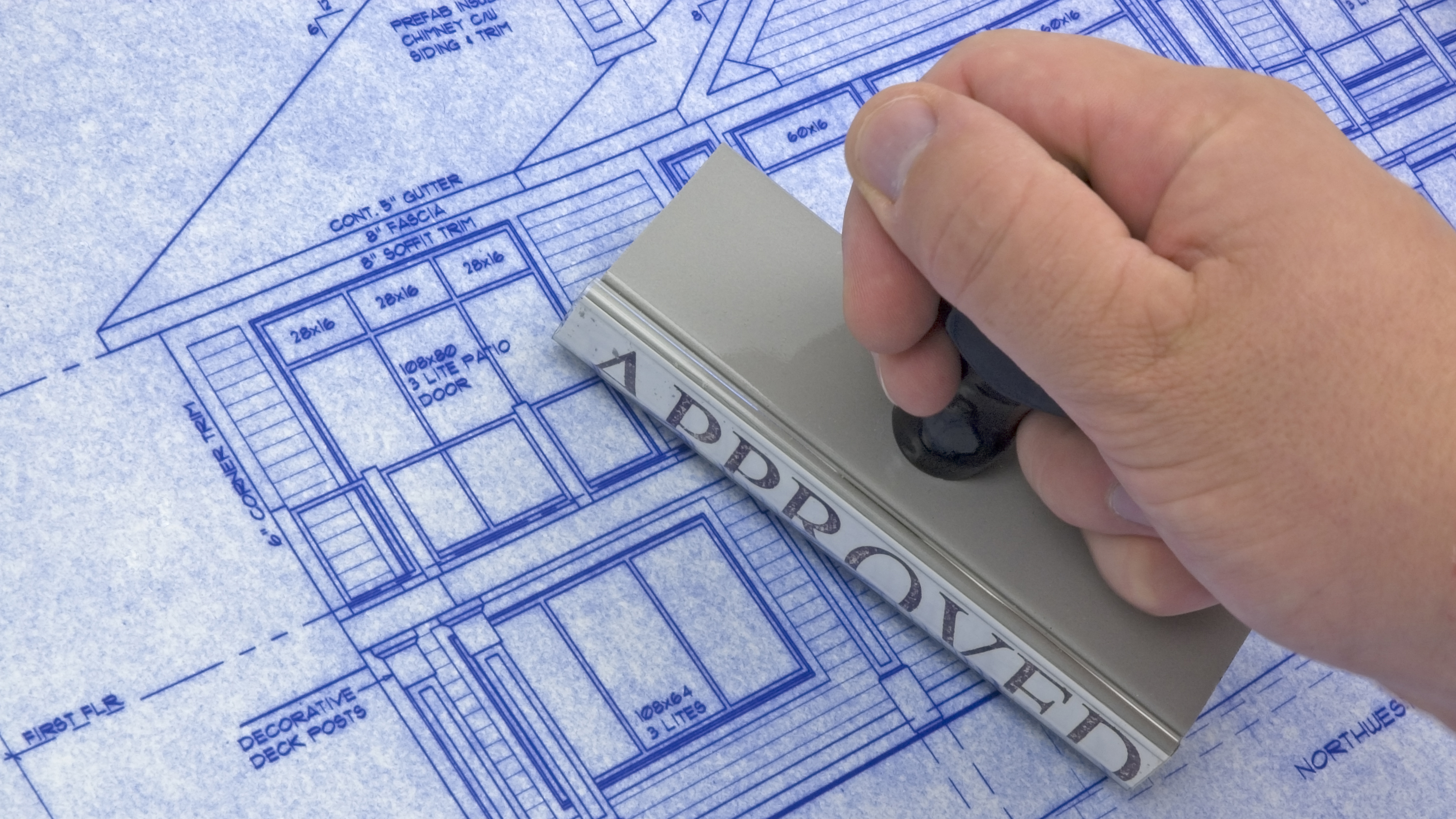

Applying for planning permission can be a little confusing if you've never done it before – but with a little know how, the process can be smooth. And, on the off-chance that the planning permission is refused, it's helpful to know what to do next, too. So, if your dream home transformation project requires planning permission, follow this step-by-step expert guide to know what to expect when applying.
Find out all you need to know about planning permission – and whether your project requires it – in our guide.
How to apply for planning permission
To apply for planning permission, you can go either through your local authority or online through the government's planning portal). Anyone can apply for planning permission but in most cases it’s either the homeowner or a designer who will manage the application.
It will cost £206 to submit an application in England. Visit your local authority’s website for pricing in Wales, Scotland and Northern Ireland.
Seek advice before applying for planning permission
Before applying for planning permission, it's important to work out whether your application has a realistic chance of success. You can check the guidelines by reading our planning permission guide and by checking the government's advice, but if your project is borderline or you don't want to face a planning application rejection, you can engage your local authority in pre-application advice.
This is, in many ways, ‘planning permission-lite’, requiring the submission of a sketched scheme, forms and written documents to outline your intentions.
Local authorities vary in their approach to this, with some charging between £100 and £200, while others offer it for free. Their response will give you a good, but non-binding, indication as to your planning application's chances of success and if it needs amending before submission.
Gathering the planning application paperwork you need
Your pre-application advice will highlight any special reports that you may need to compile, such as an ecological survey. However, in the majority of cases, you will have to submit a planning application form, an ownership certificate, a location plan, before and after elevations, and floorplans.
The strict criteria will be listed in your local authority’s validation requirements, which can be found online. You will probably also have to submit a design and access statement, explaining the thinking behind the proposed scheme and justification for it.
Tips for planning application success
- Study local policies before you draw up your scheme. Most clearly specify what the planners look for in terms of size, scale and materials.
- Use the pre-application stage to talk to the local authority about your planning application, and amend it in line with their suggestions before formally submitting.
- Keep up to date with progress. By phoning the local planning office at key points of the process, particularly after the end of the consultation period, you can sense whether the proposed scheme is likely to be approved. If not, withdraw and resubmit it for free.
How planning permission applications progress
Once submitted, your local authority’s planning department will validate the application to check all the required documentation and fees have been supplied, for which you’ll receive a confirmation. Councils have a target to respond to applications within eight weeks of receipt, so around 90 per cent of decisions are made within this time. During this period, statutory consultees are notified, including the highways department, parish council, and your neighbours, and are invited to respond if they are unhappy with the proposals.
Generally, planning decisions are made in one of two ways: either by the local planning committee if they are particularly controversial, usually in the case of new houses or larger housing developments, or, in the case of most householder projects, delegated to a planning officer to decide.
Reasons your planning application may be rejected
To make a decision on which applications to approve, your local authority will take into account what are known as ‘material considerations’, which can include (but are not limited to):
- Overlooking/loss of privacy;
- Loss of light or overshadowing;
- Parking;
- Highway safety;
- Traffic;
- Noise;
- Impact on listed building and Conservation Area;
- Layout and density of building;
- Design, appearance and materials;
- Government policy;
- Disabled access;
- Proposals in the development plan;
- Previous planning decisions;
- Nature conservation.
Objections to your planning application
While neighbours are consulted and invited to comment, together with parish councils (in England and Wales), only objections based on material considerations are taken into account. If the neighbours do not object and the officers recommend approval, then they will usually grant planning permission for a householder application using what are known as delegated powers.
If there are objections or the application is called into a committee by one of the local councillors, the decision will be made by a majority vote by the local planning committee. At the planning meeting, you or your agent have an opportunity to address the planning committee, but this time is limited to three minutes maximum.
What to do if your planning application is rejected
If the news is not so good and permission has not been granted, look carefully at the reasons given for the rejection. If it is because your scheme is in breach of local planning policy, then you will need to redraw it. If you don’t believe it is, you will have a more serious case for appealing the decision. In either instance, a conversation with a planning consultant is probably a wise course of action.
More on planning your project:
Join our newsletter
Get small space home decor ideas, celeb inspiration, DIY tips and more, straight to your inbox!
Lucy is Global Editor-in-Chief of Homes & Gardens having worked on numerous interiors and property titles. She was founding Editor of Channel 4’s 4Homes magazine, was Associate Editor at Ideal Home, before becoming Editor-in-Chief of Realhomes.com in 2018 then moving to Homes & Gardens in 2021. She has also written for Huffington Post, AOL, UKTV, MSN, House Beautiful, Good Homes, and many women’s titles. Find her writing about everything from buying and selling property, self build, DIY, design and consumer issues to gardening.